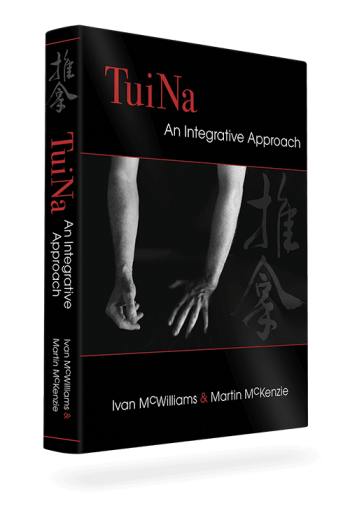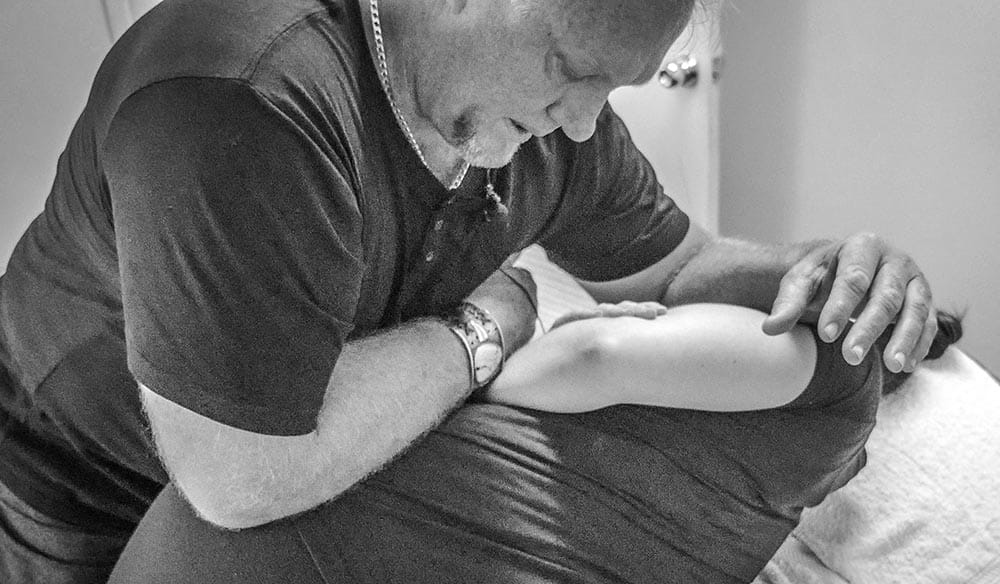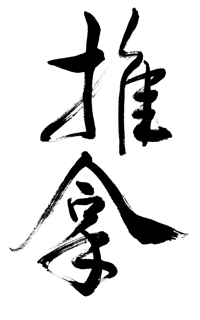Think of it as Acupuncture without needles
Tui Na is the manual therapy branch of Chinese Medicine which has been practiced in China for over 4000 years. Using the same theory and system as Acupuncture, Tui Na can be used for most conditions that would be treated using needles.
In the West, Tui Na is commonly used to assist in treating the signs and symptoms of a wide variety of musculoskeletal, respiratory, digestive and gynaecological conditions amongst others.
Tui Na can also be used to assist in the signs and symptoms of many stress conditions such as anxiety and depression.
Unlike other forms of bodywork Tui Na is performed through clothes, a sheet, or a towel; no oils are used.
Our site dedicated to the understanding and practice of this little known ancient branch of Chinese Medicine. It is our wish to develop this site over time into a place of value, and a point of reference in the understanding of Tui Na.
We also wish for Tui Na to be restored as a credible and serious treatment option in its own right, with or without other therapies. For well over 4,000 years it stood on its own merits as a valid and serious manual therapy. At times it was almost forgotten or pushed aside within Chinese medical history, and so far has not been fully recognised or understood within Western society.
To date, we believe it has not been fully utilised as a therapy, nor taught to its potential here in the West.
Treat the person that presents the disease, not the disease the person presents.

Tui Na – An Integrative Approach is a book is aimed at those wanting to learn Tui Na, both new to the medicine, or existing massage practitioners wanting to expand their clinical tools. Other practitioners of Chinese Medicine wanting to expand their clinical repertoire will find this book invaluable. We have found that Tui Na is an ideal vehicle to base any manual therapy as it allows flexibility to address the signs and symptoms of physical, medical and stress conditions.


Chinese Medicine is based on the Daoist principles on the relationship between humanity and the world in which they live. Our modern lifestyles have neglected this relationship to a point where we suffer disease, emotional disorders and mental disease, but through understanding these principles we can achieve a healthier balance in our lives.
With increasing health issues presenting themselves to the modern society, perhaps there is a solution to some of the problems within a timeworn manual therapy that is highly effective, clinically pragmatic, non invasive and cost effective.
